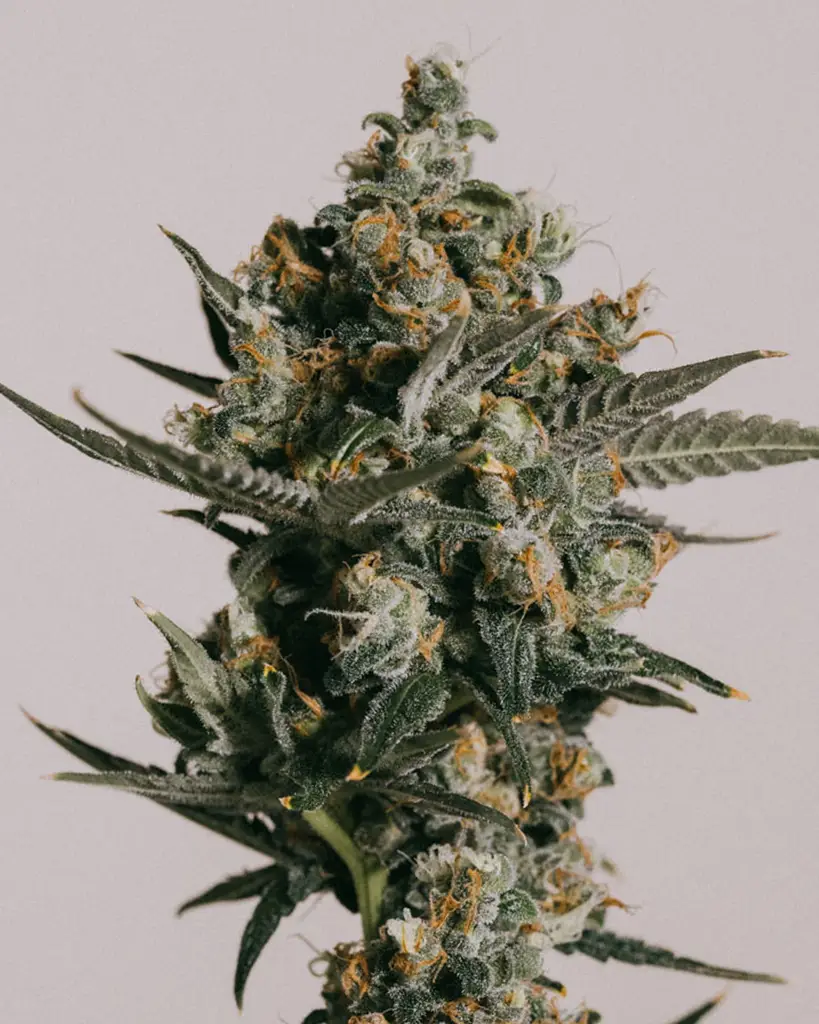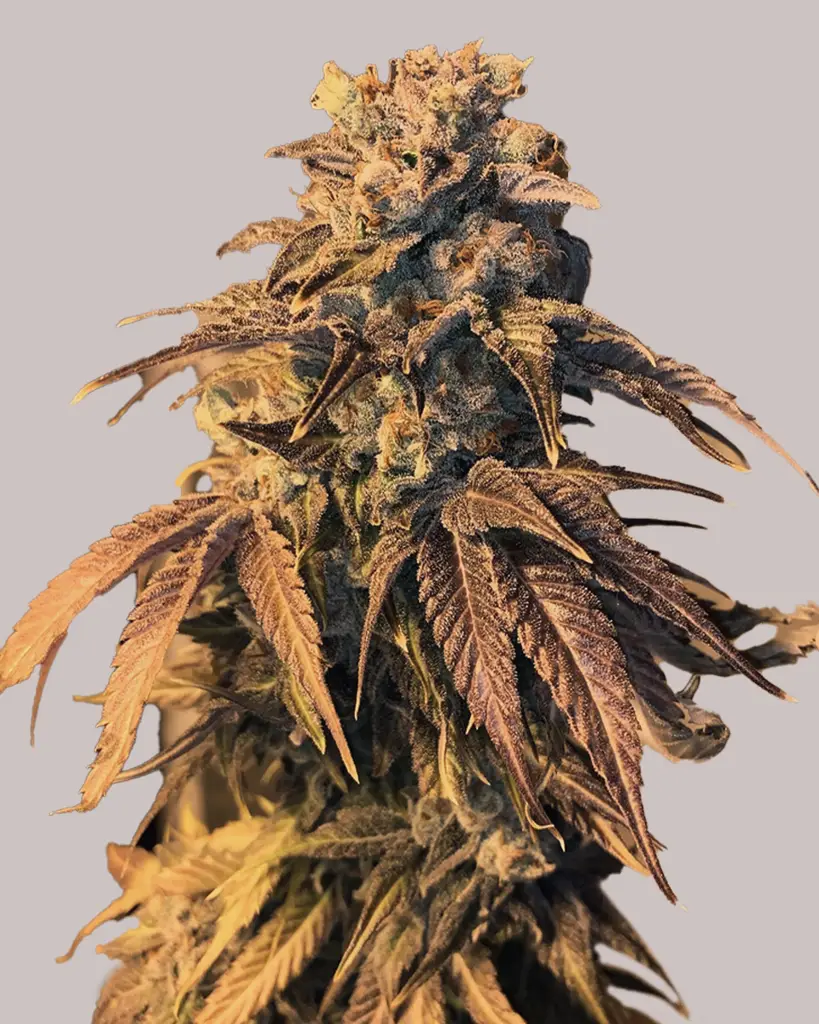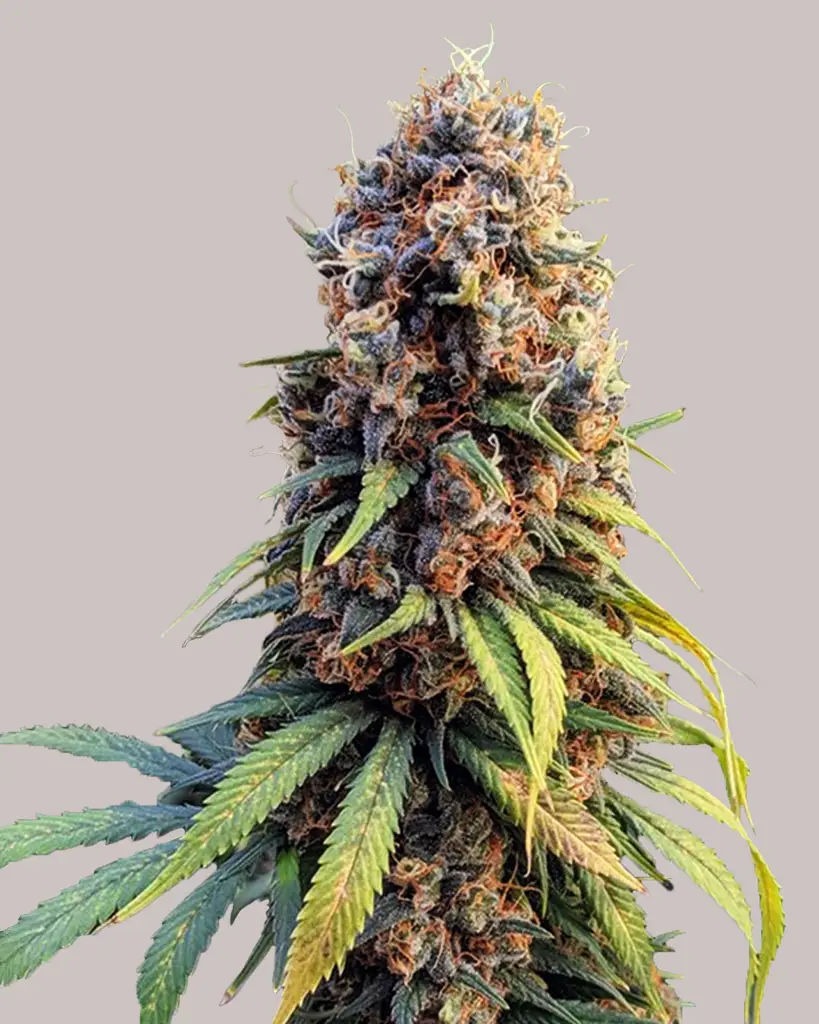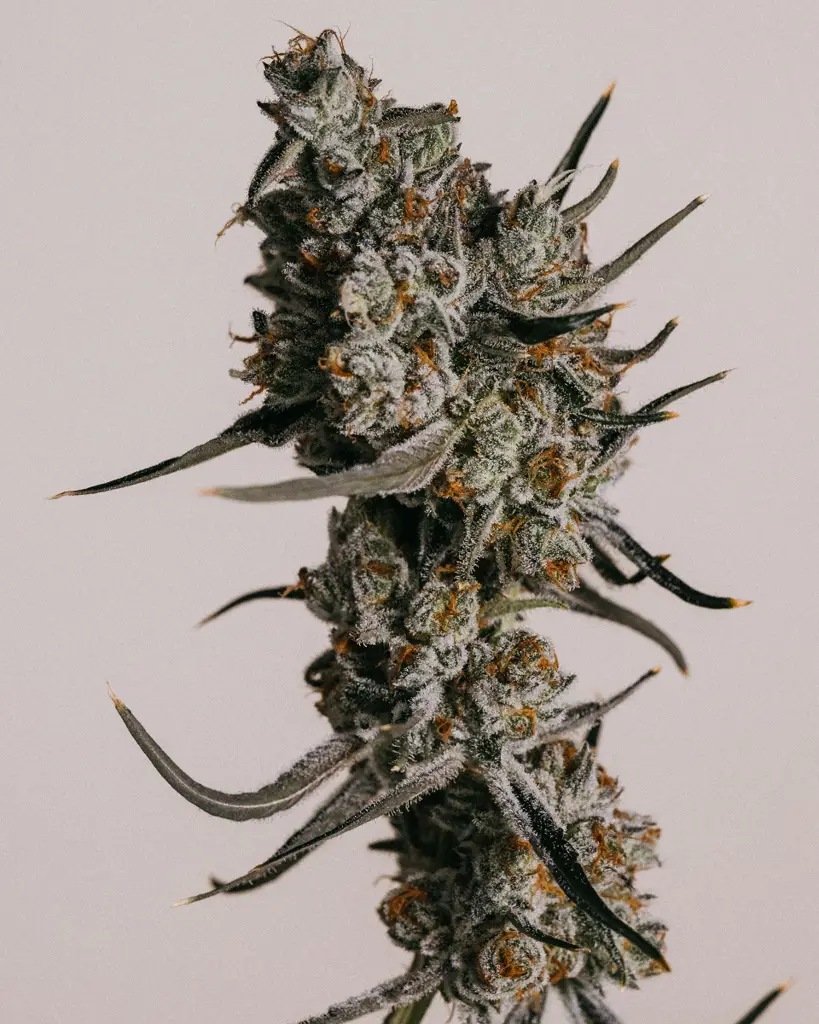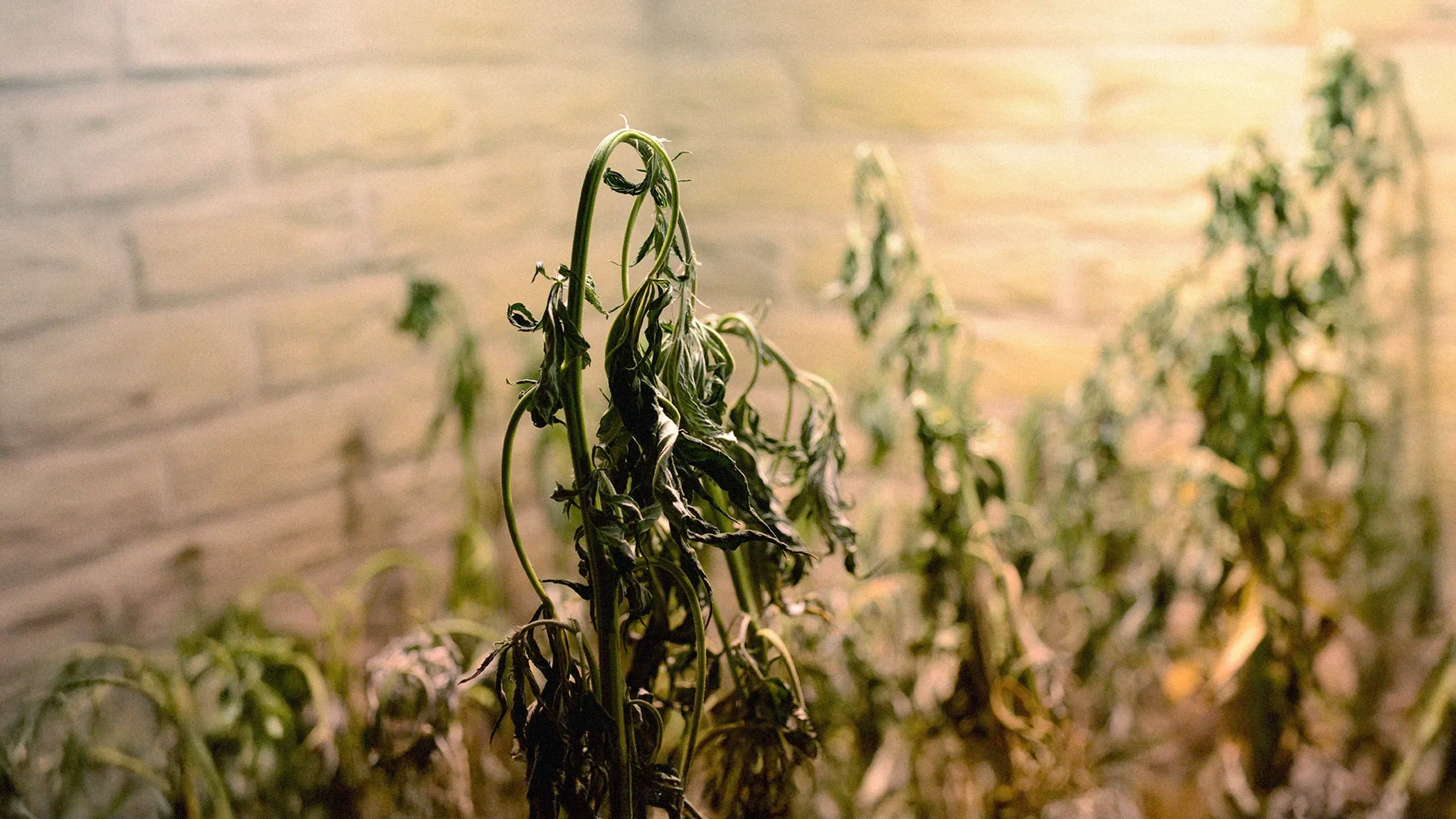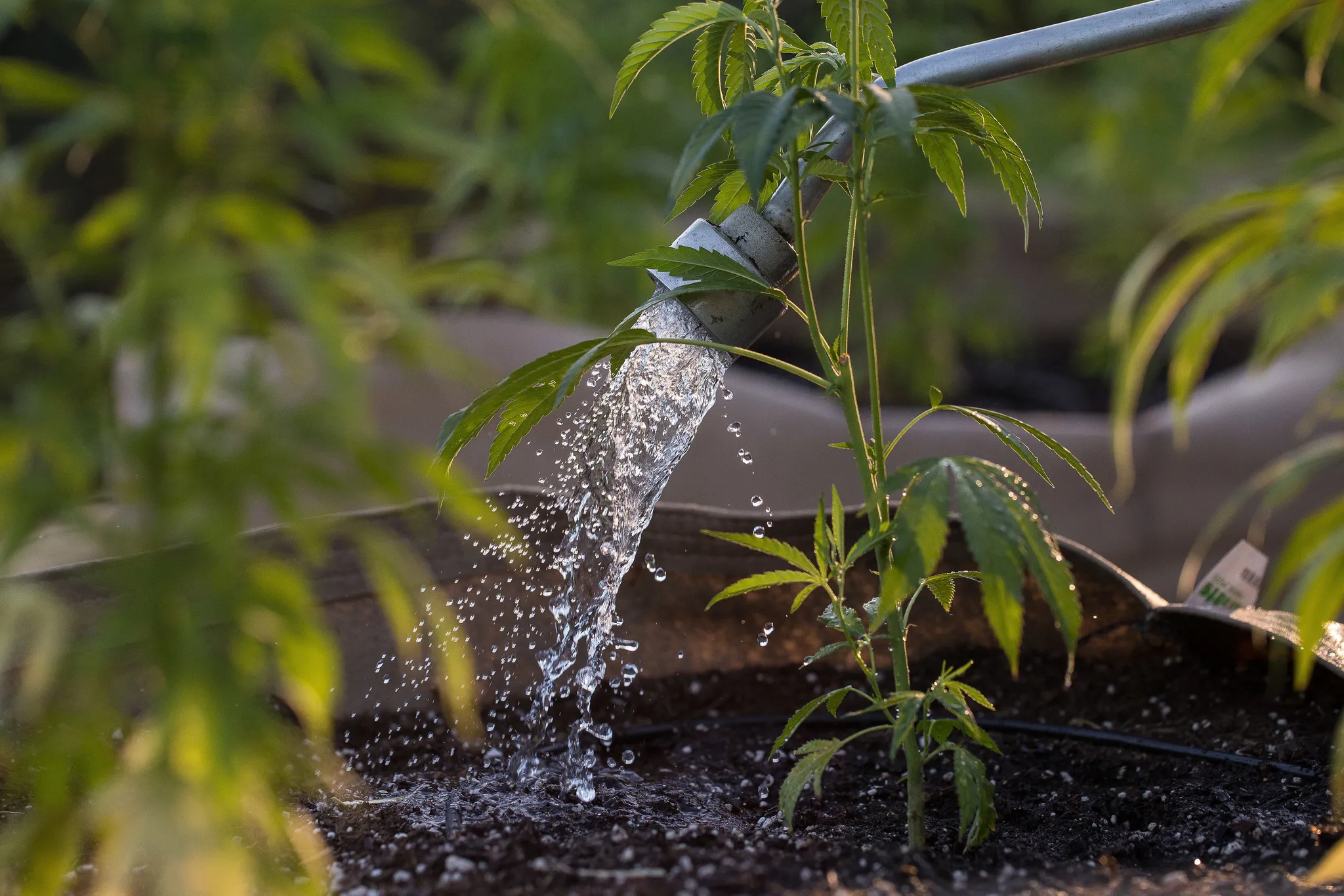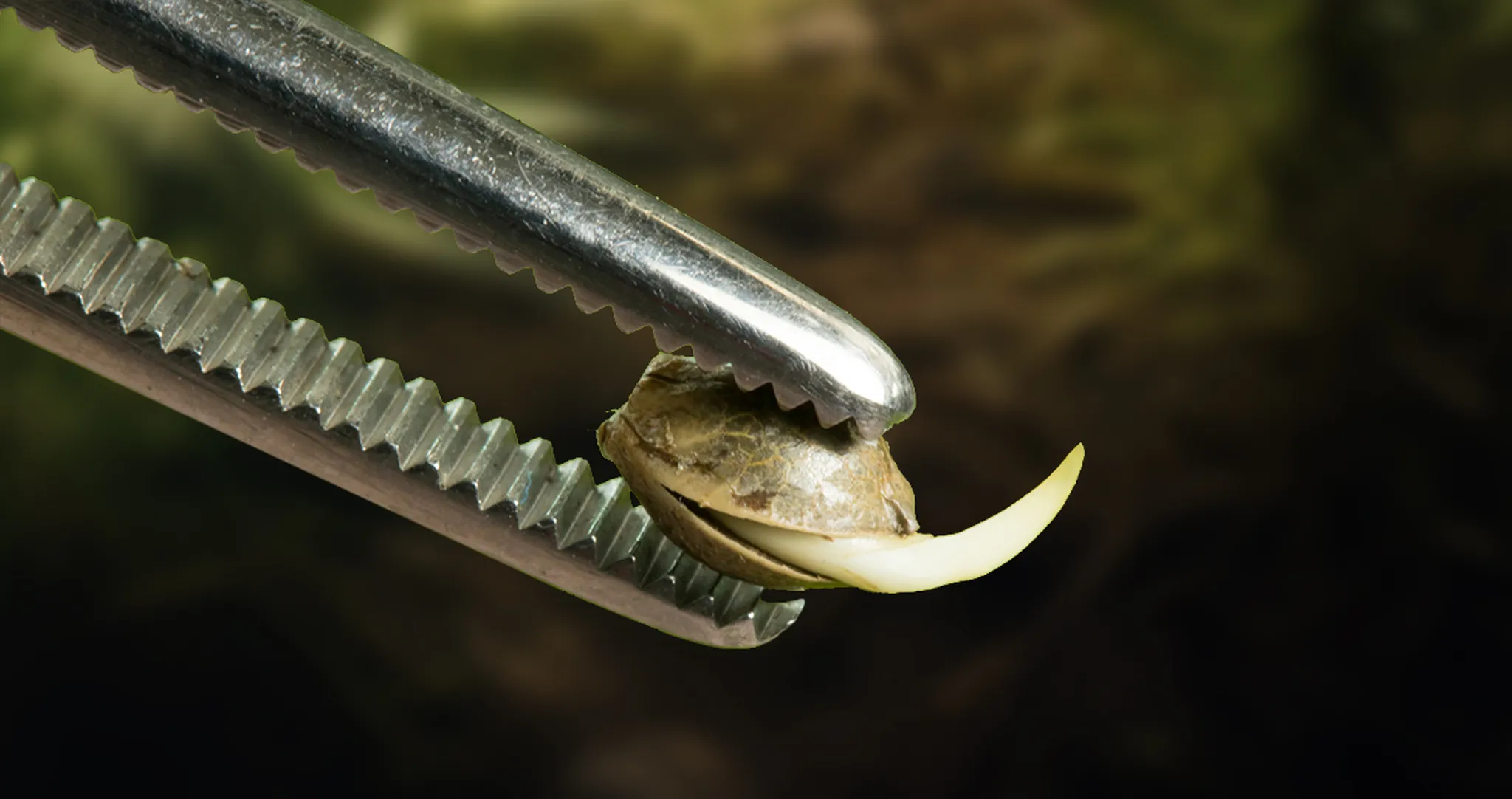
A Beginner's Guide to Healthy Cannabis Roots
Healthy cannabis roots are highly important for your grow. They’re basically the plant’s guts – as cannabis grows, the roots increase in size and complexity, doing the work of absorbing, processing, and balancing nutrients for every stage of life.
Table of contents
To get a good yield, you’re going to care a heck of a lot about what’s happening in the roots of your plants. You want to have strong, fast-growing roots supported by a generous amount of welcoming space filled with the right food. Ideally, just like in a human digestive system, some beneficial bacterial and fungal partners will come in to help.
Strong, “iron-stomached” plants can handle stress, keep diseases at bay, and take in the nutrients needed for all the other parts to develop. On the other hand, weak roots reduce feeding, draw energy away from vegetative and flowering growth, and stop cannabis plants from achieving their beautiful budding potential.
If you’re having root issues, act quickly. Think of how much better it is to resolve and recover when you’re feeling just a bit queasy, rather than waiting until your whole body is in crisis mode!
Key Factors for Healthy Cannabis Roots
As the saying goes, “as above, so below.” In nature, the size and health of most plants are mirrored: the parts you can’t see in the soil are about as big and as healthy as what you see above it. So, if you want lots of sturdy branches that can support heavy flowers at harvest time, expect to provide a reasonable amount of space for your roots to grow.
Oxygenation and Drainage
Cannabis roots need access to lots of oxygen. You want your growing medium to hold its shape well enough to let fresh air come in and old water to drain out.
 Soil and perlite being mixed
Soil and perlite being mixed
Remember that as the root systems develop, they’ll be taking up any available room in their pots. If you’re growing in a loose soil mix, this bulk is going to start pushing the particles of your substrate together. Spaces that once allowed for air and water to flow are now getting filled up by the growing body of your plant’s root system.
Make sure that the plant doesn’t outgrow its container and there’s room for air, nutrients, and water to flow freely.
Proper pH Balance
Proper pH balance goes hand-in-hand with nutrient management and is essential for healthy cannabis roots. Make sure your roots are in a pH-controlled environment that doesn’t fluctuate far out from between 5.8 and and 6.2. Keep it simple and choose nutrients designed to buffer themselves against rapid changes and which are specifically made for your rooting medium (soil mix, rockwool or coco cubes/bricks, or water).
Nutrient Management
You know how you’ve got to have enough calcium to build your bones, and protein to gain muscle mass? Cannabis needs a regular, balanced supply of all of its macro- and micro-nutrients provided via the root system.

Silica and extra phosphorus, as well as root-boosting enzymes and beneficial microbe-supporting products, can be added to supplement your feeding regime for more robust, healthy cannabis root development.
Temperature ControlWhen roots are too cold, growth slows down. If they get too hot, you risk burn, death, and the spread of disease.
Keep your cannabis plant rootzone between 65 and 70°F (18-21°C). Above 75° (24°), the roots will dehydrate. As it gets hotter, they’ll start shutting down other processes in the plant, and in the extreme, roots can ‘cook’ and die. Remember, air temperature and soil temperature will differ, so make sure to keep a thermometer in the soil and use heat mats and/or fans to ensure the substrate climate is optimized.
Common Root Problems: Causes, Symptoms and Solutions
A lot of root problems start with simple damage. Stress caused by poor space or temperature management, lack of oxygen, nutrient lockout or nutrient burn creates areas of weakness that plant pests (disease-causing microorganisms and bugs) take advantage of.
Cannabis Root Rot
Root rot is exactly what it sounds like: a general name for the the death and decay of roots.

A weak, wilting, foul-smelling plant is probably having root rot issues. Check that you’re getting enough air and water movement in your substrate and that temperatures are within a healthy range to limit pathogen growth.
Aside from making sure your roots can breathe, cleanliness is the number one catch-all for reducing the risk of root rot because its worst causes are plant pathogens like Pythium, Fusarium, and Verticillium.
Scheduled hydrogen peroxide drenches (1% solution) and/or inoculations with beneficial microbe Pseudomonas and Bacillus bacterial strains and Trichoderma harzianum fungi are also good preventative measures.
How to Avoid Root-Bound Plants

A plant is called “root bound” when it’s tied up and strangled by its root system. This starts to happen when roots reach the limits of their container and change direction, winding up from the bottom and around the sides, also known as pot-pound cannabis plants.
Plan to transplant your cannabis into bigger containers at least twice: between the seedling and first vegetative size and again into its nice big final home.
Fabric or “air” pots prevent plants from becoming root-boundroot-bound. When they feel the barrier of air on the outside of the pot, roots will self-prune and re-focus on growing side branches. Imagine this like the roots getting “bushier,” with more access points for nutrients to flow.
Nutrient Burn
Nutrient burn is i a problem when the balance in your feeding solution is off or excess isn’t able to flow away from the plant. You’ll probably notice the tips of your leaves are a little crunchy, and new growth is slow. Make sure to ‘measure twice and pour once,’ following the manufacturer’s feeding guidelines, and regularly flush your plants with plain (but always ph-corrected) water.
Healthy Roots Need Oxygen
Compacted soil, water that is too hot, or otherwise poorly aerated substrate can all suffocate roots. You’ll first recognize this by the plant’s lackluster growth, followed by wilting, discoloration, and drooping of the oldest fan leaves.
Use a rooting medium that is well structured to self-regulate its air supply to ensure there’s room for roots to breathe and plenty of oxygen available.
Soggy, overwatered substrates can starve roots of oxygen and create zones where plant diseases thrive.
How To Fix Common Cannabis Root Problems
Taking a look at your roots and not liking what you see? Here are some ways to resolve common cannabis root problems.
How to Fix Cannabis Root Rot
A sickly smell coming from the bottoms of your containers is a strong indicator that roots are rotting.
Prepare a new pot with clean soil mix to move your plant into – this is also an opportunity to transplant into a bigger container.

Prepare a bucket with a 1% Hydrogen Peroxide solution (mix 3% H2O2 in a ratio of 1:3 with pH-balanced, clean water), enough to fully submerge your plant’s root system.

With a firm hand grasping the stem, carefully lift the plant and tip the container away to assess the damage. You want only white, healthy roots.

Use a sterile pair of sharp scissors or a razor to cut away sections that are browning, especially any that are mushy or have already died.

Dip the whole below-ground system in the hydrogen peroxide solution for 5 minutes. It might fizz: no worries, that’s a sign of it working.

Rinse the roots with plain water.

Carefully put the plant in the clean soil.

Now, like a sick patient, give it all the gentle treatment it deserves: a light feeding, fresh air, and close monitoring for further signs of struggle. You should see signs of recovery soon, as normal growth picks up again within one to two weeks.
Reviving Root-Bound Plants
Although it’s generally better not to excessively expose roots to light, air, and physical trauma, root-bound plants will thank you for rescuing them from the confines of their too-small containers.
First, prep a new, bigger container with loose, clean, substrate, and make a space in the middle to set the plant into.
Holding the base of the stem and its surrounding (probably quite compacted) soil with one hand, flip the whole thing upside down and wiggle the pot off. You might need a friend to help if the plant’s already big and heavy!
Tickle and tease apart congested roots. Healthy, young, fast-growing plants will recover quickly from surgery (think of it like “topping”), so make the intrusion worth it and trim off thick mats of self-suffocating roots. Put ‘em in your compost so the dead material doesn’t become food for plant-decaying fungi in your grow.
Flushing for Nutrient Burn
Treat nutrient burn by flushing your plant’s roots with pH-balanced water, allowing 3x the volume of the pot to travel through the substrate and drain away. After that, make the next feeding only half-strength, and then resume at regular levels as per the manufacturer’s guidelines.
Preventing Cannabis Root Problems
Experienced growers (especially ones who have made and learned from lots of mistakes) know that preventing root problems is easier than coping with their consequences. By the time issues come up, you could be dealing with situations that are more complex, like nutrient deficiencies and microbial infections, that are much more limiting to your plants and take a lot more work to resolve.
Choose the Right Growing Medium

A light and loose soil mix supports healthy root growth. It lets new roots expand with less effort, feeling free to branch and stretch into available space. Vermiculite, perlite, and biochar are often used amendments to improve results in loose peat or coco substrates.
If hydro’s your jam, commit to the science and monitor your water quality carefully. Be consistent and thorough, cleaning your entire system and re-introducing beneficial microbes every 3-4 weeks or as recommended by the producer.
Watering Best Practices
Water gently to avoid compacting the soil around your plant’s roots. Regularly allow fresh, clean water to flow through the substrate and drain away old nutrients.

When you’re new to growing, it’s more likely you’ll find yourself over-watering rather than under-watering your plants. Keep an eye on soil water content, maintaining that happy place where roots stay moist but are never left in soggy soil or pooling, stagnant water.
Water your plants with clean, pH-adjusted water to the point of runoff. Pick up the pot and feel how heavy it is (or actually weigh it). You’ll know it’s time to water again when it feels about half as heavy. The top of the soil may appear dry or even pull away from the sides a bit.
As the plants grow, they drink more, and other factors can affect how quickly the soil dries out – don’t assume your watering schedule will remain rigid throughout the grow cycle.
Add Beneficial Microbes
Some beneficial bacteria and fungi help plants process nutrients. Others encourage the development of the plant’s immune responses while also acting directly to limit the population of disease-causing microbes.
You can buy commercial amendments made for use in cannabis gardens or learn to collect and apply beneficial microbes from your local environment.
Keep an Eye (and Nose) on the Roots

If possible, regularly perform a “sniff test” at the bottom of your pots – nothing should strike you as rancid, rotting, or highly chemical.
While transplanting, take the opportunity to assess the wellness of your roots – do they appear vital, bright white, with lots of branching, and (if you look very closely) a little fuzzy? These are great signs.
If your roots are less-than-optimal looking or smelling, go back to basics and do a checklist of your environmental conditions, water, and nutrient management.
Extra Tips for Root Health
Healthy cannabis roots start from day one. Whether you’re germinating cannabis seeds or propagating cuttings, cleanliness, moisture levels, and air supply are the fundamentals for fast root growth and abundant yields.
Let the plant have some control over its healthy root development by providing easy access to good-quality food and water. Assemble a multi-species community of support: cannabis evolved to work in relationship with companion microbes. Together with these partners, it will seek and exchange nutrients and defend itself from all kinds of attacks while making the most of available resources to thrive, bloom, and produce lots of terpenes and cannabinoids.
Treat your roots right, and the rest will follow. When everything’s in balance, you know you can trust your (plant’s) gut.
Until next time, may you and your gardens keep growing ever higher!

Xavier Kief
Xavier Kief, a fierce cannabis advocate & educator, merges science & joy in cultivation. Expert in regenerative growing, mycology & activism
Continue Reading
You might also find these interesting.
